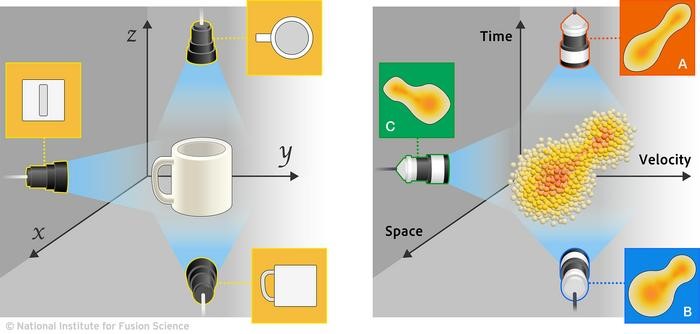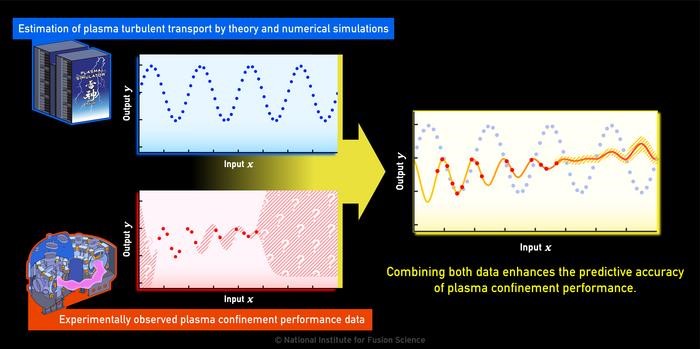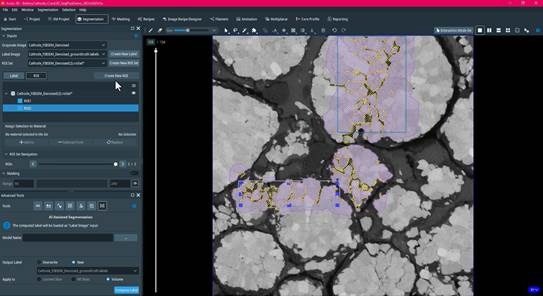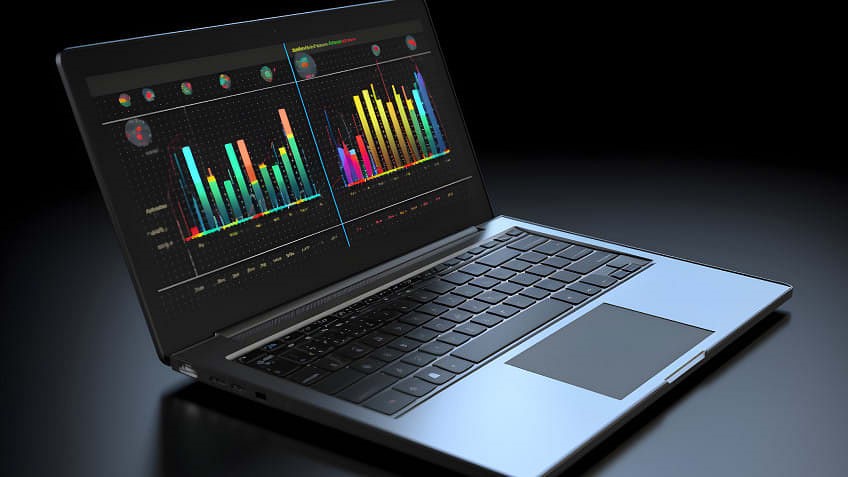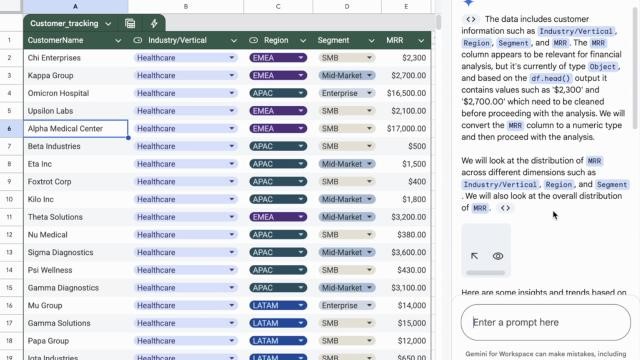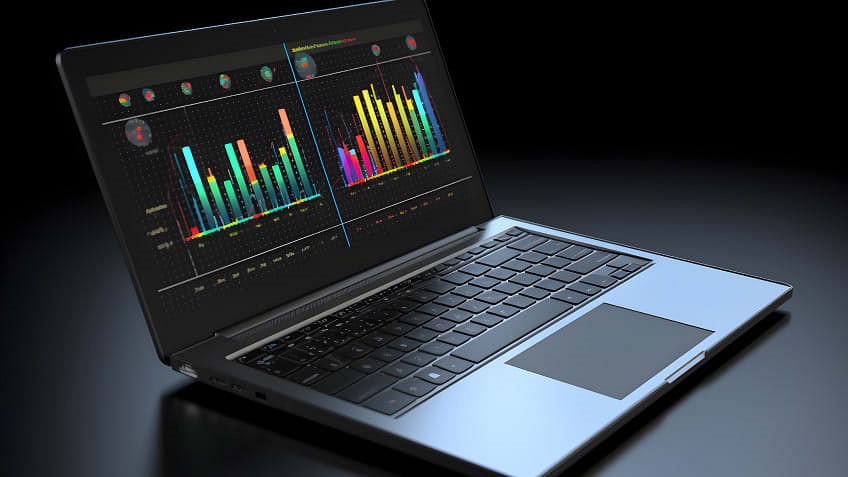Validation Method Could Enhance the Accuracy of Scientific Forecasts
MIT researchers have developed a novel method for evaluating predictions with a spatial aspect, such as weather forecasting or air pollution mapping. Knowing whether to grab an umbrella before leaving the house depends on the accuracy of the weather forecast.
Spatial prediction tasks, such as weather forecasting or air pollution estimation, involve predicting a variable's value at an unknown location based on data from known locations. Scientists typically rely on established validation methods to assess the reliability of these predictions.
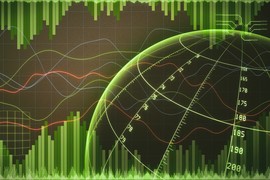
Figure 1. New validation method enhances forecast accuracy
However, MIT researchers have demonstrated that these common validation methods can sometimes be misleading for spatial predictions. This can lead to overconfidence in the accuracy of forecasts or the effectiveness of new prediction methods, when they may not actually be reliable. Figure 1 shows new validation method enhances forecast accuracy.
The researchers developed a technique to assess prediction-validation methods, using it to demonstrate that two classical methods can be significantly inaccurate for spatial problems. They identified the reasons for these failures and created a new method tailored to handle spatial prediction data.
Through experiments with both real and simulated data, their new approach offered more accurate validations than the two most commonly used methods. The researchers tested each method with realistic spatial problems, such as predicting wind speed at Chicago O'Hare Airport and forecasting air temperature across five U.S. metro areas.
Their validation method could be applied to a wide array of issues, from assisting climate scientists in predicting sea surface temperatures to helping epidemiologists estimate the impact of air pollution on specific diseases.
“Hopefully, this will lead to more reliable evaluations when people are developing new predictive methods and a better understanding of how well these methods perform,” says Tamara Broderick, an associate professor at MIT's Department of Electrical Engineering and Computer Science (EECS), a member of the Laboratory for Information and Decision Systems, the Institute for Data, Systems, and Society, and an affiliate of the Computer Science and Artificial Intelligence Laboratory (CSAIL).
Broderick is joined by lead author and MIT postdoc David R. Burt, and EECS graduate student Yunyi Shen. The research will be presented at the International Conference on Artificial Intelligence and Statistics.
Assessing Validation Methods
Broderick's team, in collaboration with oceanographers and atmospheric scientists, has been developing machine-learning models for problems with significant spatial elements. During this research, they identified a key issue: traditional validation methods, often used to assess prediction accuracy, can be inaccurate when applied to spatial data.
In these methods, a small portion of the training data, known as validation data, is held back and used to evaluate the accuracy of the model. However, through detailed analysis, they discovered that traditional validation techniques make assumptions that don't hold true for spatial data. Specifically, they assume that validation data and test data are independent and identically distributed—meaning that the value of one data point does not influence the others. This assumption is often invalid in spatial problems, where data points are interdependent and spatially correlated.
For example, a scientist might be using EPA air pollution sensor data to test a prediction method for pollution levels in conservation areas. However, these sensors are not independent—they are strategically placed based on the locations of other sensors, introducing a correlation between them. Furthermore, if the validation data come from sensors located in urban areas while the test data come from rural conservation sites, the statistical properties of the data from these different locations are likely to differ. This violates the assumption that the data are identically distributed.
“Our experiments showed that when these assumptions fail in spatial settings, the results can be significantly misleading,” says Broderick.
To address this, the researchers realized they needed to establish a new assumption that better aligns with spatial data's unique characteristics.
Spatially Specific
MIT researchers developed a new validation method for spatial prediction problems, where data comes from different locations. Their technique assumes that validation and test data vary smoothly in space, unlike traditional methods that assume independence between data points. By using simulated and real-world data, the researchers showed their approach is more accurate than existing methods in evaluating spatial predictors. They plan to extend this work to improve uncertainty quantification and explore its potential in other areas like time-series data. This research is funded by the National Science Foundation and Office of Naval Research.
Source:MIT NEWS
Cite this article:
Janani R (2025), Validation Method Could Enhance the Accuracy of Scientific Forecasts, AnaTechMaz, pp.105





